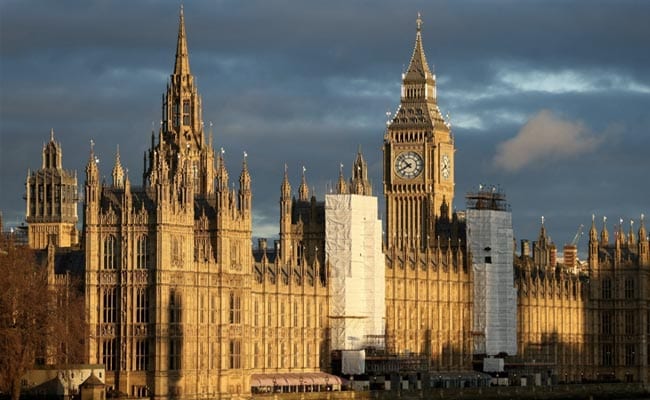Reserve Bank of India (RBI) Governor Shaktikanta Das delivers the Monetary Policy statement, in Mumbai. File photo
| Photo Credit: PTI
The Reserve Bank of India’s Monetary Policy Committee (MPC) on Wednesday (October 9, 2024) decided to keep the policy repo rate unchanged at 6.50% for the 10th consecutive time.
Of the six members of the MPC, five voted in favour of the decision, which is aimed at taming inflation.
The last time the MPC had increased rates to 6.5% was in February 2023.
Taking various factors into consideration the MPC has projected real GDP growth for 2024-25 to 7.2%. This number remains unchanged from the last projection.
Governor Shaktikanta Das announced the central bank’s decision on policy rates in the RBI’s concluding day Monetary Policy Committee (MPC) meeting on Wednesday. “The Flexible monitory policy framework has completed 8 years. This is major structural reform, “ Mr. Das said in a statement.

When asked what do these inflation and growth trends mean for monetary policy, Mr. Das cited the favourable agricultural crop outlook which could ease food inflation pressures, subject to weather risks. “Core inflation is expected to remain broadly moderate. It is with a lot of effort that the inflation horse has been brought to the stable. we must be careful about opening the gate lest the horse bolts,” he said.
The RBI changes stance of monetary policy to ‘neutral’ from withdrawal of accomodation, Mr. Das said.
The yields on 10 year government bonds softened over the past two months, due to many factors, including the policy shift by the US Federal Reserve and accelerated domestic fiscal consolidation, the RBI Governor said..
On the forex front, Mr. Das said the Indian Rupee remained the least volatile, till October 8, 2024.
On NBFCs
While stressing that the health parameters of banks and the Non-Banking Financial Company (NBFC) sector continued to be strong, Mr. Das said continued attention needs to be given also to potential risks from mule accounts, inoperative accounts and cyber risks.
“NBFCs in particular have registered an impressive growth over the last few years. While the overall sector remains healthy, I have a few messages to a few outliers that are aggressively building up growth without adequate risk management. A growth at any cost approach would be detrimental,” the RBI Governor said.
“Some are chasing excessive returns in equity, concerns arise when interest rates they charge is usurious and accompanied by high processing fees and other charges. The consequent high cost and high indebtedness could pose financial stability risks if not addressed by these NBFCs in time,” Mr. Das said in a cautious tone.
While stressing that the RBI would not hesitate to act if needed, Mr. Das advocated ‘self-correction’ by NBFCs as a a preferred option.
The RBI Governor remained confident of meeting the external financing requirements comfortably. “FPI flows have rebounded from the outflows of $4.2 billion in April and May and FDI flows remain strong,” he added.
Safeguarding consumers
To safeguard consumer interests, the RBI proposed to broaden the scope of curbs on pre-payment penalties. It is being extended from individual borrowers of non-business loans, to loans availed by micro and small enterprises or MSEs as well.
To avoid wrongful credits and fraud, the RBI will now allow the account holder making a transfer to a beneficiary to verify the latter’s account, a similar feature will now be enabled for NEFT and RTGS, like the UPI and IMPS, Mr. Das said.
Finally quoting Mahatma Gandhi, Mr. Das said “When the method is good, success is bound to come in the end”.
The meeting, which began on October 7, has garnered significant attention, as the RBI has maintained the repo rate at 6.50% for the past nine consecutive meetings, adopting a cautious stance to balance inflationary concerns with the need for economic growth.
Earlier on August 8, 2024, in its first meeting after the Union Budget, the RBI’s Monetary Policy Committee (MPC) kept the policy repo rate unchanged at 6.50% for the ninth consecutive time.
(With inputs from agencies)
Published – October 09, 2024 10:08 am IST







